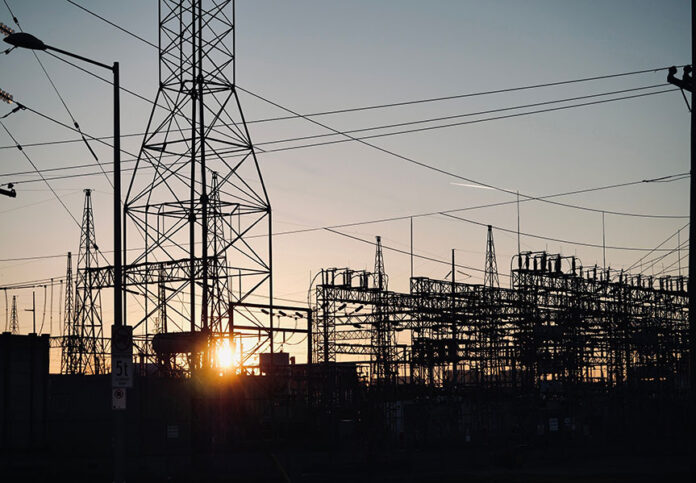ISLAMABAD: The Power Division on Monday reported that 437 electricity feeders were damaged in the recent floods, of which 169 have been fully restored and 260 temporarily reconnected, while repair teams are racing against time to ensure complete recovery in the coming days.
According to power division, electricity supply has been partially restored in several flood-hit districts, but full recovery will take days as engineers battle damaged infrastructure, standing water, and blocked access roads.
The Power Division reported that a total of 48 grid stations and 437 feeders were knocked out by recent floods, cutting off electricity to hundreds of thousands of people in Khyber Pakhtunkhwa, Punjab, and tribal districts. So far, 169 feeders have been fully restored while 260 are temporarily operational, said power division.
In Swat, Buner, Shangla, Swabi, and Dera Ismail Khan, 12 grid stations and 91 feeders were affected under the Peshawar Electric Supply Company (PESCO). Power has been fully restored to Swabi and D.I. Khan, but in the mountainous valleys of Swat and Shangla, repair work is expected to take between two and seven more days due to difficult terrain and ongoing waterlogging. For families already displaced by the floods, the absence of electricity has added to their hardship, disrupting access to clean water, communications, and basic lighting.
In Punjab, the Gujranwala Electric Power Company (GEPCO) reported 10 grid stations and 87 feeders down, of which 80 are now fully restored. Lahore and surrounding districts under the Lahore Electric Supply Company (LESCO) suffered outages on 59 feeders; 57 of those have been partially restored, with complete restoration expected between September 2 and 5. Residents of affected areas said power cuts had forced them to rely on generators or candles, straining already thin household budgets.
In central Punjab, Faisalabad Electric Supply Company (FESCO) faced disruptions at 26 grid stations and 73 feeders across Faisalabad, Jhang, Chiniot, Sargodha, and Mianwali. Only one feeder has been fully restored so far, with 72 temporarily reconnected. “Temporary power helps, but it trips frequently. Our food spoils, and children can’t study,” said a resident of Jhang, reflecting the frustrations of many.
Southern Punjab was also hit hard, with Multan Electric Power Company (MEPCO) reporting 114 feeders down. All have been temporarily restored, but officials warned that permanent repairs will only begin once floodwaters recede. In the tribal areas, the Tribal Electric Supply Company (TESCO) said 10 feeders were damaged in North Waziristan and Khyber, of which one has been fully restored and four temporarily reconnected.
In Hazara, Hazara Electric Supply Company (HESCO) restored two of three feeders in Mansehra.
The Power Division also said that all companies have been instructed to prioritize restoration in residential areas, hospitals, and relief camps. “Full restoration remains our top priority, but the scale of destruction means it will take several more days,” the power division’s statement said.
As of September 1, the Power Division maintained that repair efforts would continue nonstop until all 48 grid stations and 437 feeders are restored. But for many flood-hit families still living in darkness, the return of electricity cannot come soon enough.




